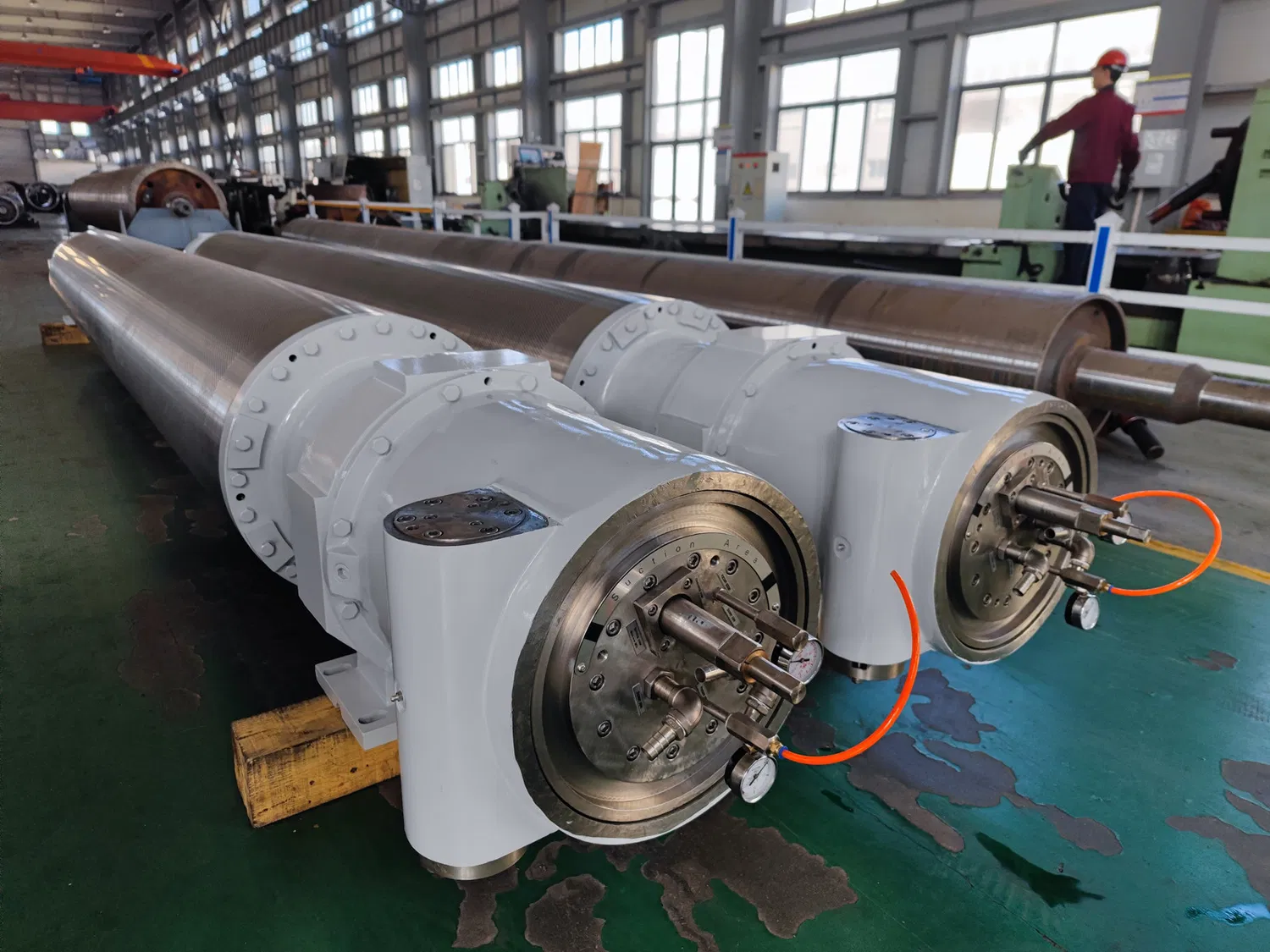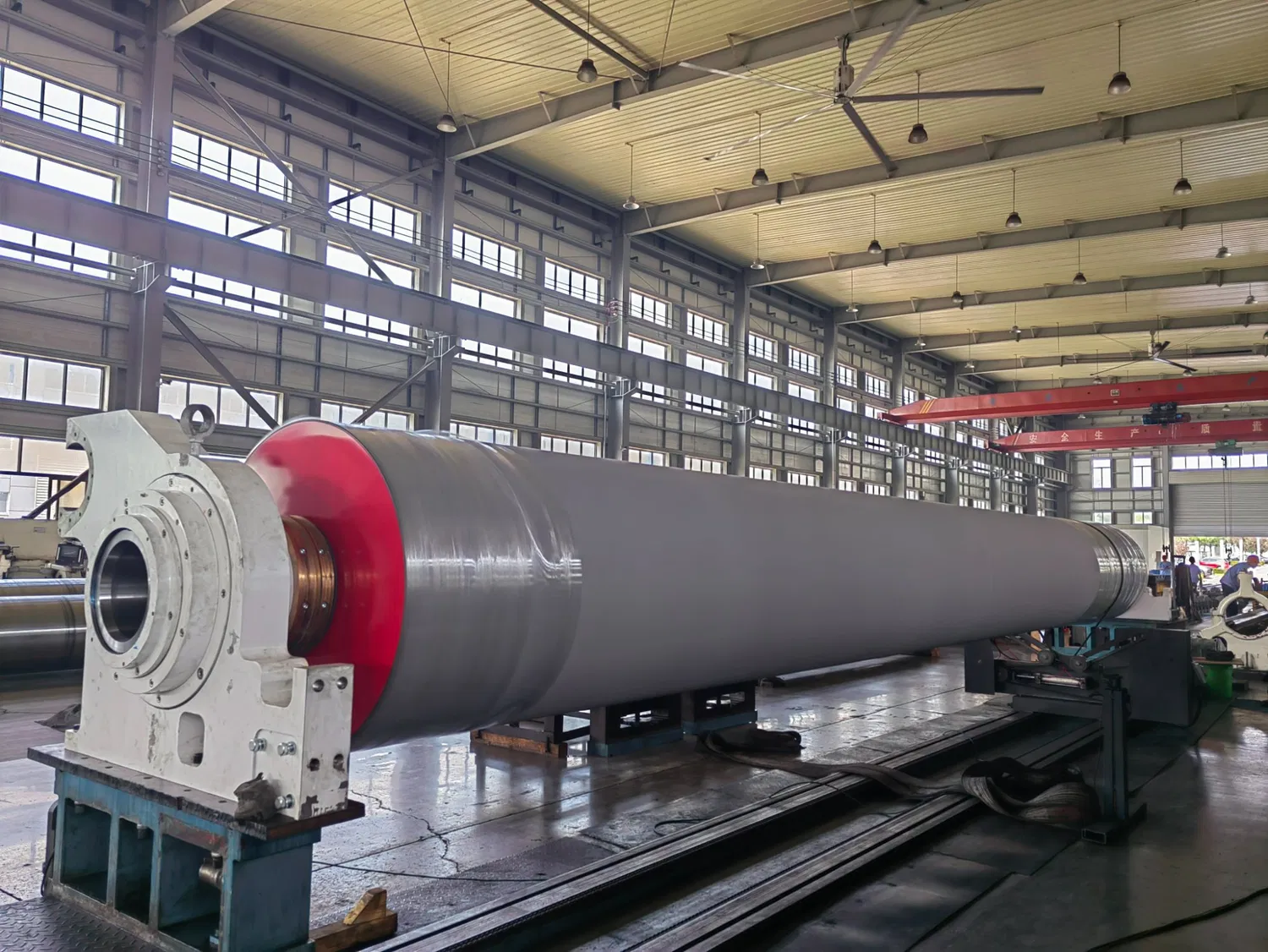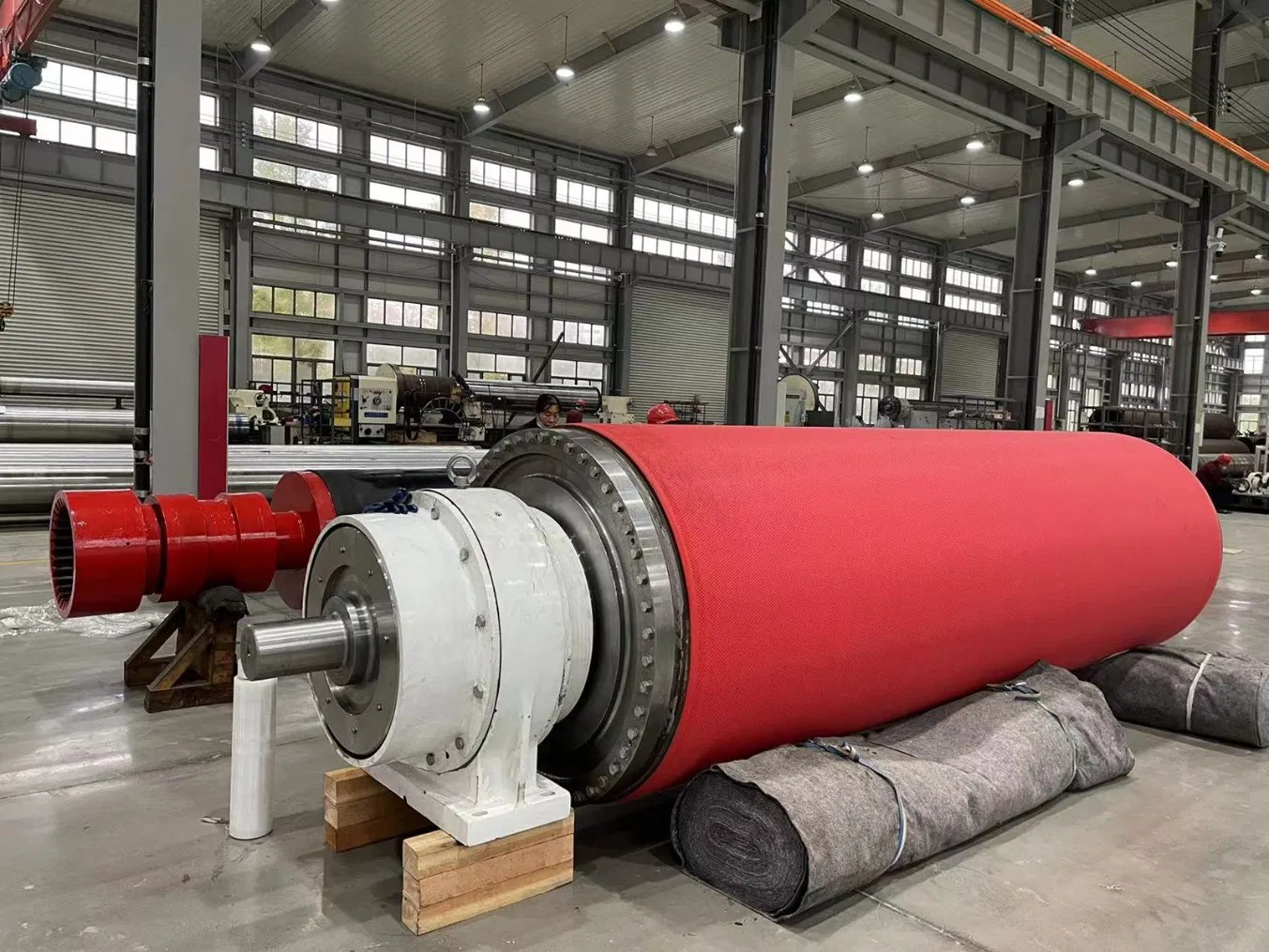The Core Importance of Custom Rolls in Paper Production
To be honest, the paper industry is incredibly diverse. From fine printing papers to robust packaging boards, each product demands specific machine settings and, consequently, specific roll characteristics. Standard, mass-produced rolls might get the job done, but they rarely allow a mill to operate at its absolute peak. This is where the true value of custom paper machine roll manufacturing becomes evident.Beyond Off-the-Shelf: Tailoring for Peak Performance
In my experience, relying on generic rolls can lead to a host of issues: uneven moisture profiles, inconsistent sheet quality, premature wear, and even costly downtime. Every paper machine is unique, with its own operational nuances, material demands, and environmental factors. A custom roll is designed from the ground up to integrate seamlessly into your specific setup, addressing these unique challenges. This bespoke approach ensures that every aspect—from the core material and surface coating to the precise dimensions and dynamic balance—is optimized for your exact application. It’s about creating a component that doesn't just fit, but truly enhances your entire production line. Many experts agree that this level of specialization is key to achieving superior paper quality and maximizing throughput.The Intricate Journey: From Concept to Custom Roll
The process of creating a custom paper machine roll is a fascinating blend of advanced engineering, material science, and meticulous craftsmanship. It's far more complex than simply turning a piece of metal.Design and Engineering: The Blueprint for Success
The journey begins long before any material is cut. It starts with a deep dive into your specific needs. Engineers consider everything: the type of paper being produced, the machine's speed, operating temperatures, chemical environments, and desired paper properties. Using sophisticated CAD (Computer-Aided Design) software and FEA (Finite Element Analysis) tools, they model the roll's behavior under various stresses, ensuring its structural integrity and performance. Material selection is paramount at this stage, choosing alloys or composites that offer the best combination of strength, wear resistance, and thermal stability for the intended application. This initial design phase is critical, laying the groundwork for a roll that will perform flawlessly for years.Precision Manufacturing: Crafting the Heart of the Machine
Once the design is finalized, the manufacturing process begins. This involves a series of highly precise operations. Large, specialized lathes are used to machine the roll's core to exact dimensions. This is followed by grinding, a critical step that ensures the roll's surface is perfectly cylindrical and smooth, often to tolerances measured in microns. For many rolls, a specific surface texture or crown profile is required to achieve uniform pressure distribution across the paper web. This demands incredible skill and state-of-the-art machinery. Finally, the roll undergoes dynamic balancing. This step is non-negotiable for high-speed paper machines, as even a slight imbalance can lead to vibrations, premature bearing wear, and significant paper quality issues. The goal of precision paper mill roll fabrication is not just to build a roll, but to create a perfectly balanced, ultra-smooth, and durable component capable of withstanding the rigors of continuous operation.
Critical Factors in Custom Paper Machine Roll Design
When it comes to custom paper machine roll manufacturing, several factors are absolutely critical to the roll's performance and longevity. Overlooking any of these can lead to costly operational inefficiencies and quality defects.Material Selection and Advanced Coatings
The choice of material for the roll body is fundamental. While various grades of steel are common, composite materials are gaining traction for their lighter weight and improved vibration damping. However, it's the surface coating that often dictates the roll's performance characteristics. For instance, rubber covers provide grip and resilience, essential for press rolls, while ceramic coatings offer extreme hardness and wear resistance, ideal for dryer or calender rolls. Chrome plating, tungsten carbide, and even specialized polymer blends are used, each selected for its specific properties—be it release characteristics, abrasion resistance, or thermal conductivity. The right material and coating combination for your specialized press roll solutions can significantly extend roll life and improve paper quality.Dynamic Balancing and Surface Finish
I've found that even the most robust materials and advanced coatings are useless without proper dynamic balancing. At the speeds paper machines operate, an unbalanced roll can cause severe vibrations, leading to chatter marks on the paper, bearing failures, and structural fatigue in the machine itself. Balancing ensures that the roll spins smoothly and consistently, minimizing stress on the entire system. Equally important is the surface finish. A specific roughness (or smoothness) and crown profile are often required to achieve optimal nip pressure and water removal. For example, a super-smooth calender roll will impart gloss to the paper, while a textured press roll might be designed to enhance dewatering. These seemingly small details have a monumental impact on the final product.Quality Assurance and Longevity: Ensuring Your Investment Pays Off
Investing in custom paper machine roll manufacturing is a significant decision, and ensuring that investment pays off over the long term requires rigorous quality assurance and a proactive approach to maintenance.Rigorous Testing and Inspection Protocols
Before any custom roll leaves the manufacturing facility, it undergoes a battery of stringent tests. This includes dimensional checks to ensure it meets precise specifications, non-destructive testing (NDT) methods like ultrasonic or magnetic particle inspection to detect any internal flaws, and dynamic balancing tests to confirm smooth operation at high speeds. These protocols are not just about meeting standards; they are about guaranteeing that the roll will perform reliably under the demanding conditions of a paper mill. It's worth noting that a reputable manufacturer will have an extensive quality control process in place, providing you with confidence in your investment.Maintenance and Refurbishment: Extending Roll Lifespan
Interestingly enough, the life of a custom paper machine roll doesn't end when it's installed. Regular maintenance, including cleaning, inspection, and periodic grinding, is crucial to preserving its performance. Over time, even the most durable rolls can experience wear, surface damage, or changes in their crown profile. This is where refurbishment services become invaluable. Many manufacturers offer comprehensive services to re-grind, re-coat, and re-balance rolls, effectively restoring them to their original specifications. This not only extends the lifespan of the roll but also represents a significant cost saving compared to purchasing a brand new one. Proactive maintenance and timely refurbishment are key strategies for maximizing the return on your investment in custom rolls.
The Future Landscape of Custom Roll Manufacturing
The paper industry is constantly evolving, driven by demands for higher quality, greater efficiency, and increased sustainability. This evolution naturally impacts the field of custom paper machine roll manufacturing, pushing innovators to develop even more advanced solutions.Innovations and Sustainable Practices
The future of custom roll manufacturing is exciting, with several key trends emerging. We're seeing increased adoption of smart manufacturing techniques, leveraging AI and IoT to monitor roll performance in real-time, predict maintenance needs, and optimize operational parameters. New materials and coatings are continually being developed, offering enhanced durability, better release properties, and improved energy efficiency. For instance, lightweight composite rolls can reduce energy consumption and improve machine stability. Furthermore, there's a growing emphasis on sustainable manufacturing practices, including more efficient use of raw materials, reduced waste, and the development of more environmentally friendly coating processes. These innovations are not just about making better rolls; they're about optimizing paper machine performance with custom rolls in a way that is both economically viable and environmentally responsible. The journey of a paper machine roll, from raw material to a precision-engineered component, is a testament to human ingenuity and manufacturing excellence. The decision to invest in custom paper machine roll manufacturing is a strategic one, offering unparalleled benefits in terms of operational efficiency, product quality, and long-term cost savings. It’s about recognizing that the heart of your paper machine deserves nothing less than a perfectly tailored solution. By partnering with experts who understand the nuances of your specific production needs, you ensure that your paper machine rolls are not just parts, but powerful assets driving your success.
For more detailed information, please visit our official website:custom paper machine roll manufacturing
About the author: Dr. Alistair Finch is a veteran mechanical engineer with over 25 years of experience specializing in industrial machinery and precision component manufacturing for the paper and pulp industry. His expertise lies in optimizing production lines through custom-engineered solutions, particularly in the design and fabrication of high-performance paper machine rolls. He is passionate about sharing insights into the intricate world of industrial manufacturing and its impact on modern production.


